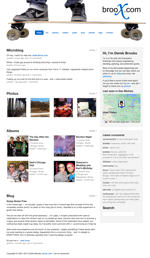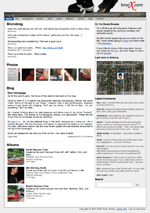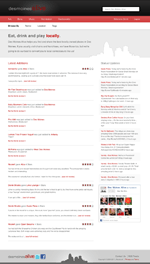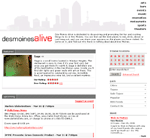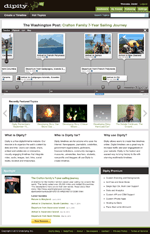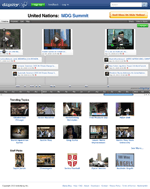derek.broox.com
- AJAX
- API Design
- BrightKite API
- CSS
- Docker
- Facebook API
- Flickr API
- Foursquare API
- Google Maps API
- Graphic Design
- HTML
- Image Processing
- JavaScript
- jQuery
- JSON
- Mapbox API
- MySQL
- Nuxt.js
- PHP
- Prototype
- script.aculo.us
- Twitter API
- Video Production
- Vue.js
- XML

v8 - latest version
This is the first version of my site that I completely rebuilt in a new language and platform. I moved the entire site from a containerized LAMP stack to a server-side-rendered (SSR) Nuxt.js application that relies completely on the Broox API to power its content. I chose Nuxt and SSR in order to keep my SEO and open graph / social sharing meta tags intact while still providing a speedy, asynchronous client-side browsing experience.
7 previous versions
v7 November 2012
v6 September 2009
v5 April 2006
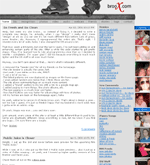
v4 November 2004
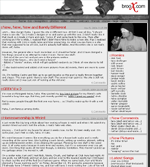
v3 September 2003

v2 January 2002

